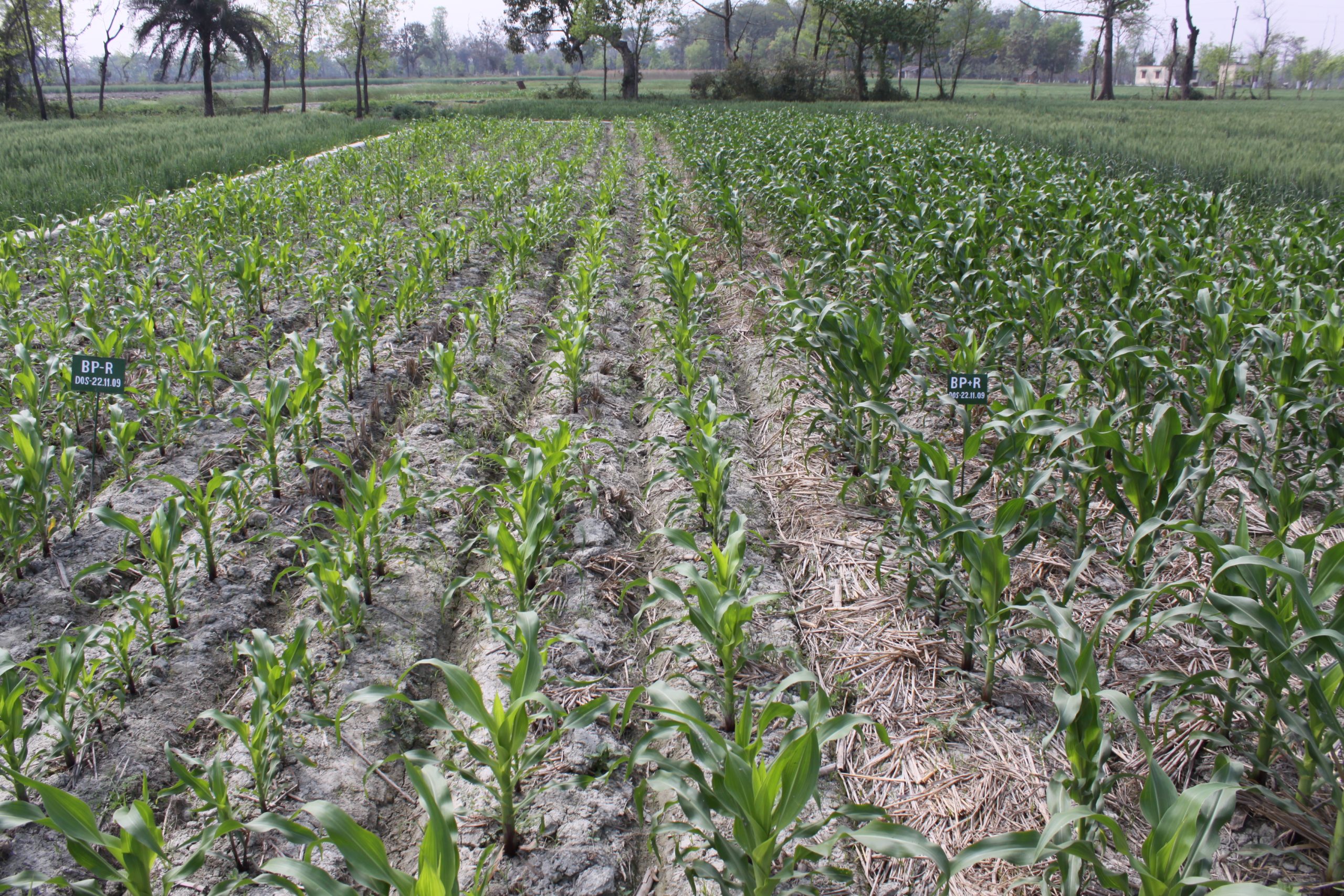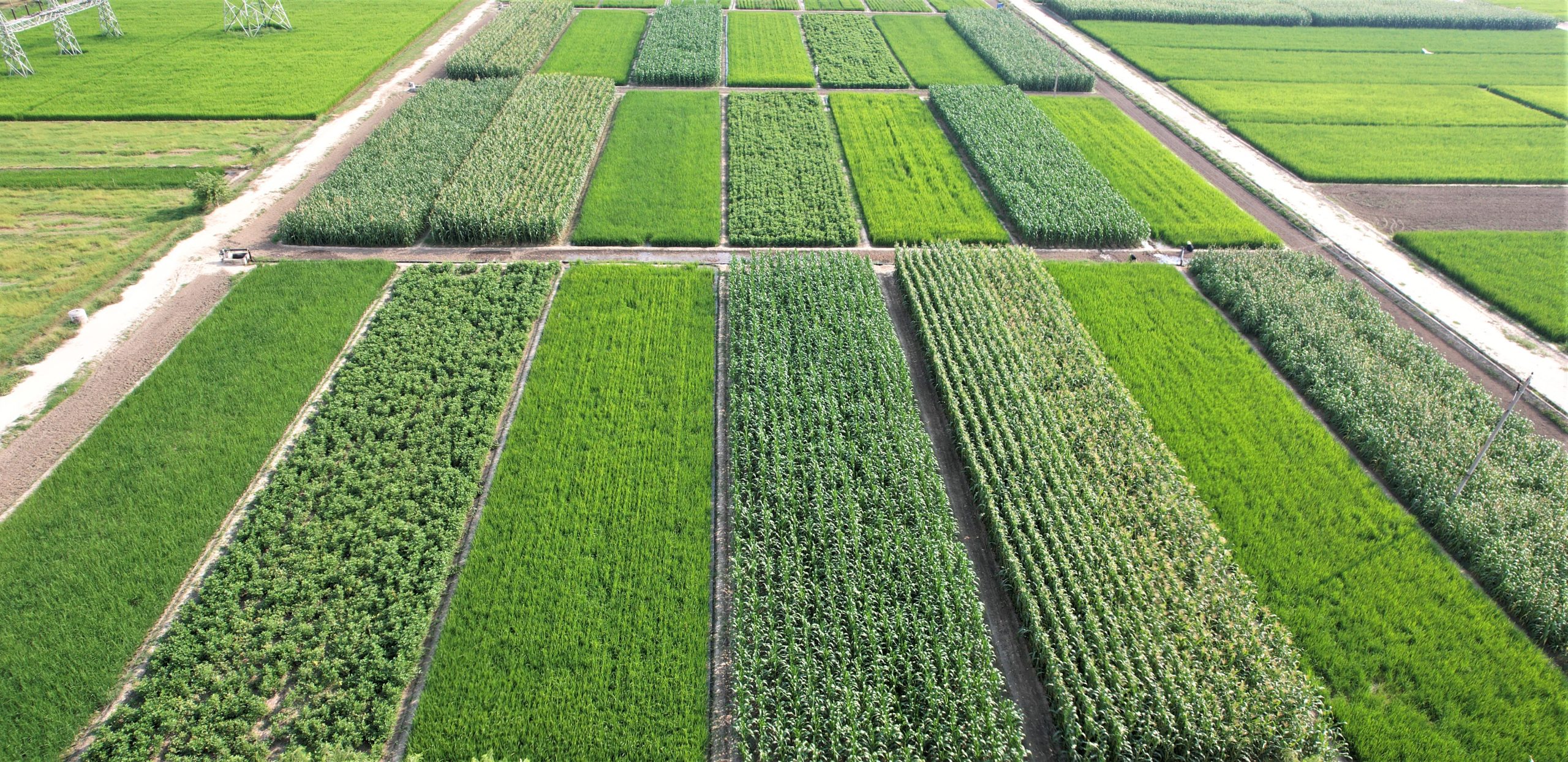While agricultural food systems feed the world, they also account for nearly a third of the world’s greenhouse gas (GHG) emissions. Reducing the negative environmental footprint of agrifood systems while at the same time maintaining or increasing yields is one of the most important endeavors in the world’s efforts to combat climate change.
One promising mechanism is carbon credits, a set of sustainable agricultural practices designed to enhance the soil’s ability to capture carbon and decrease the amount of GHG’s released into the atmosphere.
Farmers generate these carbon credits based on their reduction of carbon released and then sell these credits in the voluntary carbon market, addressing the critical concern of sustainably transforming agricultural systems without harming farmers’ livelihoods.
Two is better than one
Conservation Agriculture (CA) is a system that involves minimum soil disturbance, crop residue retention, and crop diversification, among other agricultural practices. Its potential to mitigate threats from climate change while increasing yields has made it increasingly popular.
Using remote sensing data and surveys with farmers in the Indian states of Bihar and Punjab, four CIMMYT researchers quantified the effect on farmer’s incomes by combining CA methods with carbon credits. Their findings were published in the April 22, 2024, issue of Scientific Reports.
Previous CIMMYT research has shown that implementing three CA practices: efficient fertilizer use, zero-tillage, and improved rice-water management could achieve more than 50% of India’s potential GHG reductions, amounting to 85.5 million tons of CO2.
“Successfully implemented carbon credit projects could reward farmers when they adopt and continue CA practices,” said Adeeth Cariappa, lead author and environmental and resource economist at CIMMYT. “This creates a win–win scenario for all stakeholders, including farmers, carbon credit businesses, corporate customers, the government, and the entire economy.”
Farmers would enjoy an additional income source, private sectors would engage in employment-generating activities, the government would realize cost savings, and economic growth would be stimulated through the demand generated by these activities.
Less carbon and more income
The researchers found by adopting CA practices in wheat production season, farmers can reduce GHG emissions by 1.23 and 1.97 tons of CO2 per hectare of land in Bihar and Punjab States, respectively.
The researchers determined that CA practices, when combined with carbon credits, could boost farmer income by US $18 per hectare in Bihar and US $30 per hectare in Punjab. In Punjab, however, there is a ban on burning agricultural residue, which reduces potential earnings from carbon markets to US $16 per hectare.
“More farmers engaging CA methods is an overall positive for the environment,” said Cariappa. “But convincing individual farmers can be a struggle. By showing them that carbon credits are another potential source of income, along with increased yields, the case for CA is that much stronger.”
While the potential benefits are significant, there are challenges to linking CA and carbon credits.
“To achieve these potential benefits, carbon credit prices must rise, and projects must be carefully planned, designed, monitored, and implemented,” said Cariappa. “This includes selecting the right interventions and project areas, engaging with farmers effectively, and ensuring robust monitoring and implementation mechanisms.”


 Climate adaptation and mitigation
Climate adaptation and mitigation 